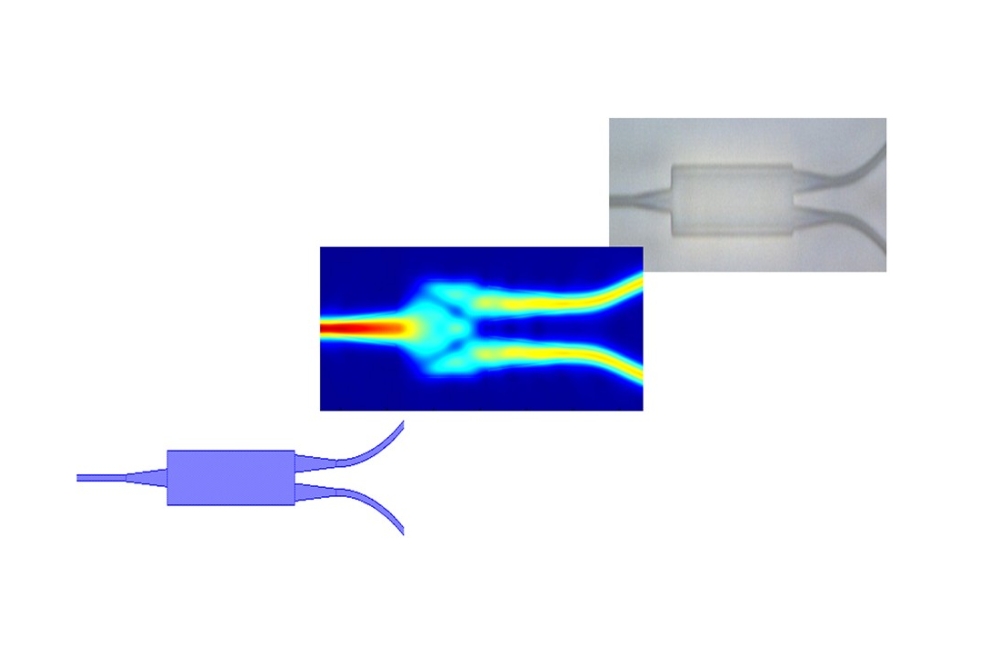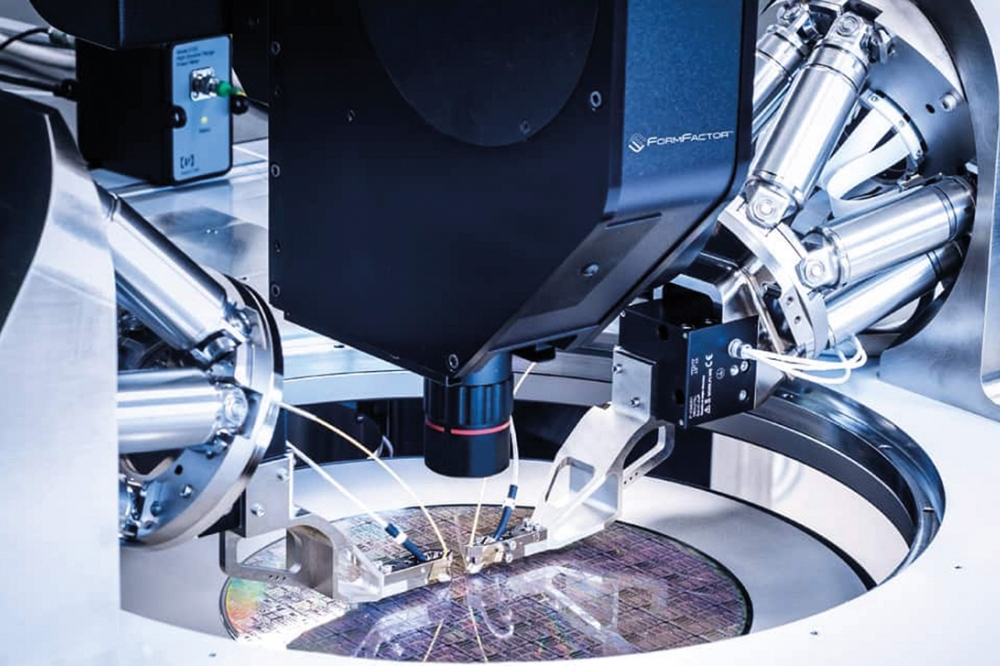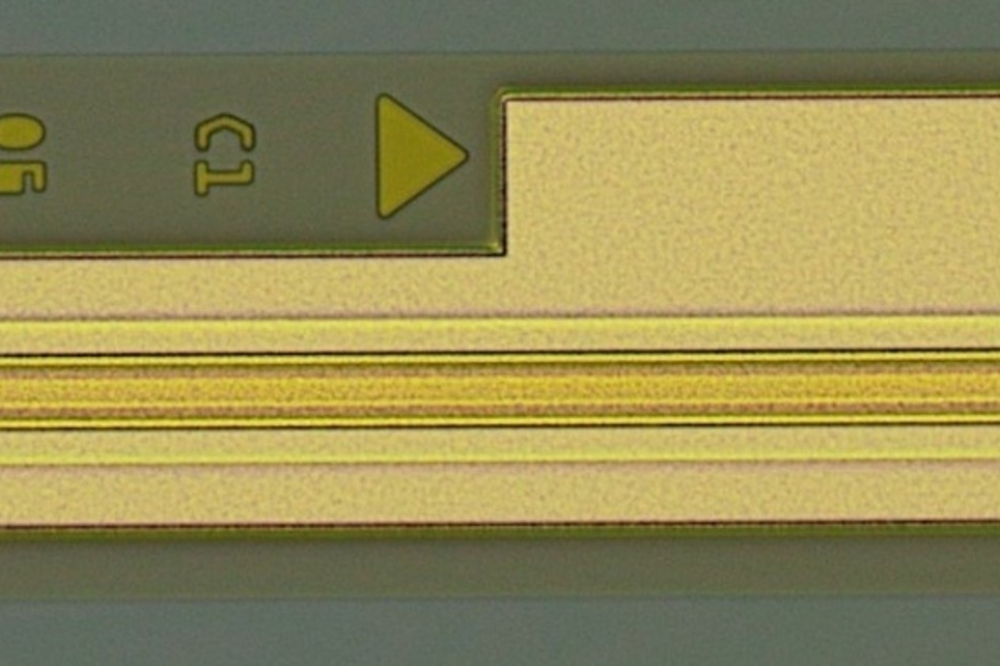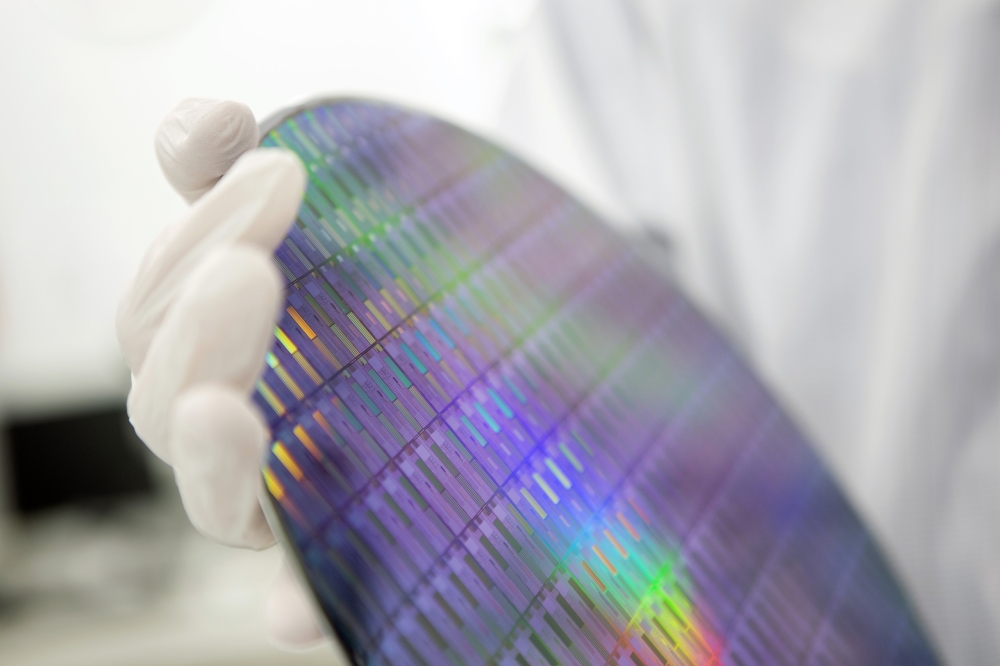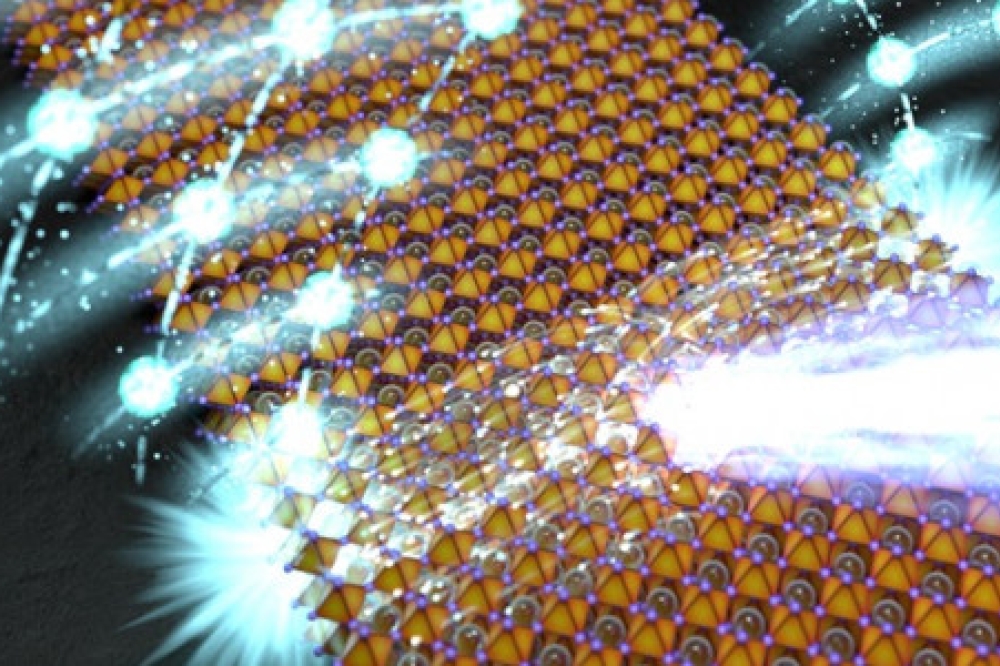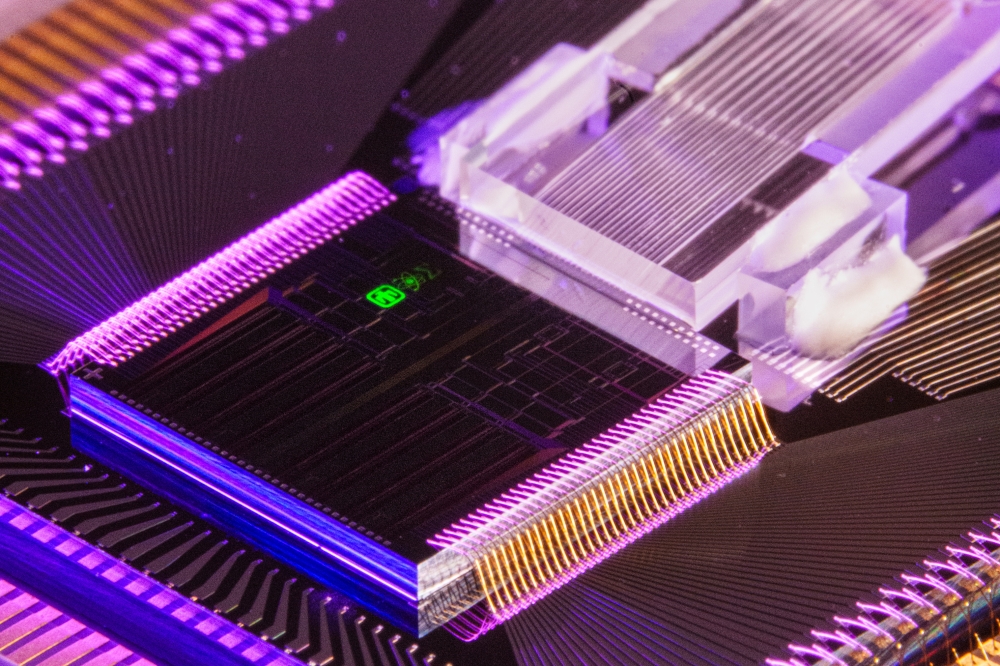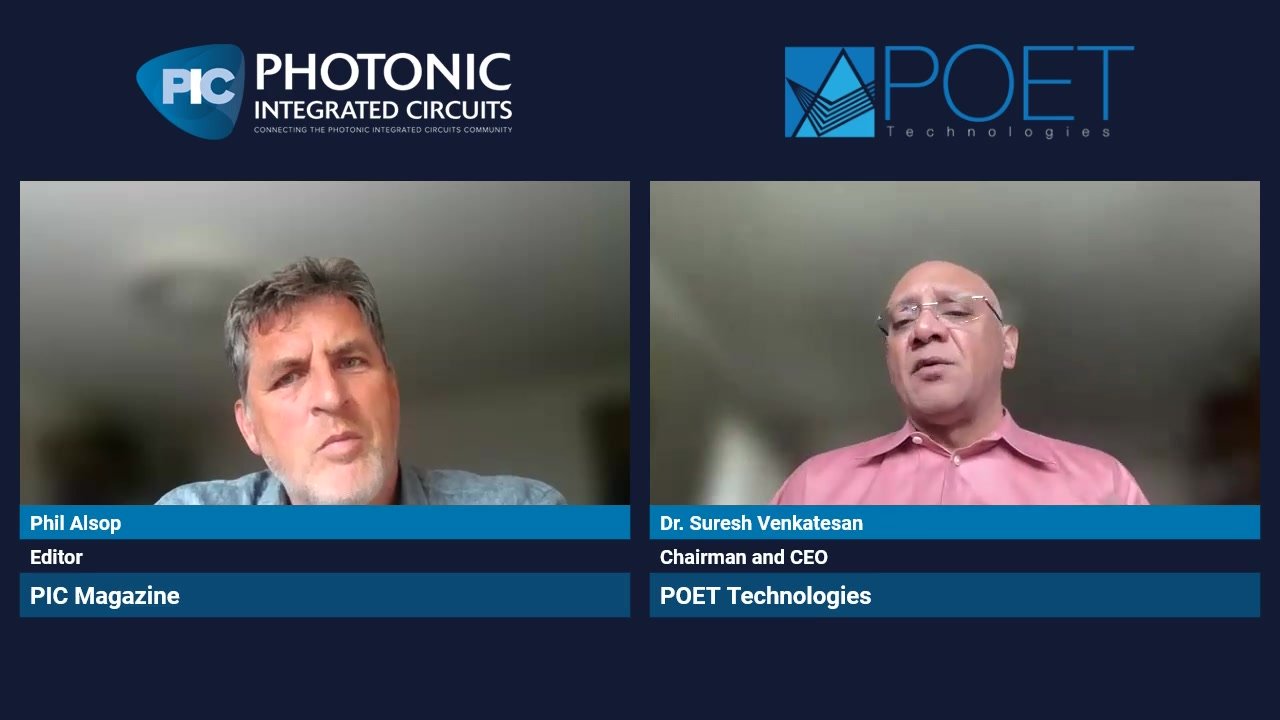PIC International - surpassing expectations
Conference Chair, Michael Lebby gives his thoughts on the conference.
"This was the first PIC International Conference, and it surpassed everybody's expectations, not only from the organisers perspective, but from the attendees, and my perspective as chairman of the conference. Over 200 delegates attended two days of jammed packed sessions on photonic integrated circuits (PICs) that spanned the whole value chain from wafers/materials, to devices, to modules, to systems, and finally to service providers, and in particular datacenters. With standing room only, and lots of extra seats brought to the conference room on the first morning, the atmosphere was at times electric. PIC themes addressed the incumbent technology InP, and thoroughly addressed challenges for new competition such as silicon photonics and polymer photonics. Global sized service providers and optical network system companies gave very clear expectations of the need for PIC based technologies, while transceiver and module manufacturers, both international as well as start-ups presented the latest results in a field that is one of the most dynamic in the industry.
Technical areas addressed not only PIC technology choices: InP, Silicon photonics, polymer photonics, but explored scalability both to increase performance to 50Gbps and 100Gbps line rates, as well as decreased cost through more efficient PIC designs, packaging, and manufacturability. New issues of designing PICs with simple packaging, athermal designs, fully electronic and photonics integration at the device level, and the use of electronic microwave/RF techniques were discussed, as well as addressing photonics foundry challenges both here in Europe as well as in North America. Photonics foundries have recently received the attention of major governments around the world, and a dedicated session at the PIC International Conference reviewed opportunities for significant growth in this area. One of the most exciting sessions involved the improvements in PIC infrastructure for designing and manufacturing robust and reliable PICs using software tools for modeling, simulation, and production. This was supported by many PIC talks that addressed PDKs and other metrics needed to quickly grow PIC markets.
![]()
A number of speakers not only focused on the popular verticals of telecommunications and data communications, but also looked into medical, measurement, automotive, and other industrial applications for PICs. Given the data reported at the conference, it is now expected that by the time the next year's PIC International Conference arrives, there will be a number of new opportunities that will bring PIC production volumes up, which in turn will promote more aggressive pricing strategies.
As Chairman, I gave a review of all of the speakers presentations at the end of each day. Not an easy assignment given the excellent results of many of the speakers. Clearly, the impact for the PIC technology is exciting and not expected to wain in coming years. Although InP is the incumbent technology today, other technologies such as silicon photonics, and polymer photonics were seen to be all symbiotic with each other as the PIC based segment in the market place grows over the next decade.
I look forward to an equally exciting 2017 PIC International Conference to follow this one in Brussels, Belgium."
For more information about PIC International Conference, and opportunities available for the 2017 events, contact info@picinternational.net Tel 0044 (0)2476 718 970.














